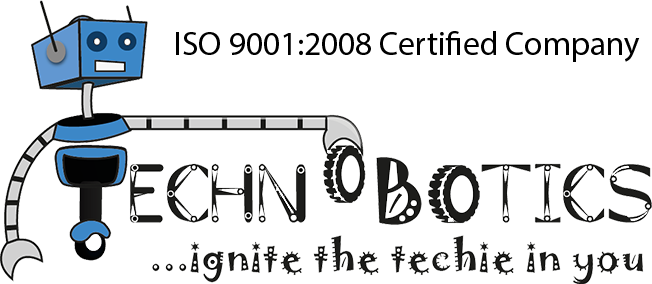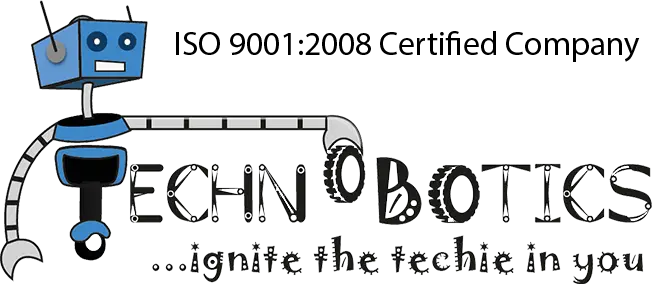In today’s fast-paced digital world, coding courses have become the cornerstone of modern education. They equip students with essential skills, preparing them for a future dominated by technology. From block-based programming to advanced text coding, and even robotics courses, schools are embracing these programs to foster creativity, critical thinking, and innovation. Whether it’s learning a programming language for AI and machine learning or exploring app development, coding courses are shaping the next generation of tech-savvy individuals.
Imagine a classroom where students design their own apps or program robots to solve real-world problems. This isn’t science fiction—it’s happening now through coding courses and robotics programs. The integration of these technologies into educational curricula is revolutionizing the way students learn and interact with technology.
Why Coding Courses Matter in Education
Coding is no longer just a skill; it’s a language of the future. Introducing coding courses in schools ensures that students are not only consumers of technology but also creators. These programs are designed to teach problem-solving, logical thinking, and computational skills—qualities that are indispensable in the 21st-century job market.
The Transition: From Blocks to Text-Based Coding
Coding education often begins with block-based programming tools like Scratch or Blockly. These platforms provide an intuitive way for beginners to understand coding concepts without worrying about syntax errors. As students progress, they transition to text-based coding languages such as Python or JavaScript, which offer more flexibility and power.
Benefits of Block-Based Programming:
- Simplifies complex concepts.
- Makes coding accessible for younger learners.
- Encourages creativity through visual projects.
Advantages of Text-Based Coding:
- Prepares students for professional programming environments.
- Enables advanced applications like AI and machine learning.
- Offers deeper insights into algorithms and data structures.
This gradual shift from blocks to text ensures that students build a strong foundation while advancing toward more sophisticated programming tasks.
Robotics Courses: A Gateway to Innovation
Robotics courses are revolutionizing STEM education by combining coding with engineering principles. Students learn to design, build, and program robots, giving them hands-on experience with technology that drives industries like automation, healthcare, and space exploration.
Why Robotics Courses Are Essential:
- Encourages Teamwork: Robotics projects often require collaboration, fostering communication and teamwork skills.
- Promotes Problem-Solving: Students troubleshoot issues in real-time, enhancing their analytical abilities.
- Prepares for Future Careers: Robotics integrates coding with engineering, offering a pathway to careers in AI, machine learning, and app development.
Picture a student programming a robot to navigate obstacles or perform tasks autonomously. This isn’t just learning; it’s innovation in action.
Coding for App Development: Empowering Creativity
App development is another exciting aspect of coding courses. Students learn how to create functional applications that solve problems or entertain users. This program not only teaches coding but also introduces concepts like user interface design and software testing.
Key Skills Gained Through App Development Programs:
- Understanding programming languages like Swift or Kotlin.
- Learning about app architecture and database management.
- Developing creative solutions for real-world challenges.
By engaging in app development, students see the tangible results of their efforts, boosting their confidence and motivation.
Programming Languages for AI and Machine Learning
As artificial intelligence (AI) and machine learning (ML) become integral to industries worldwide, schools are incorporating these technologies into their curricula. Coding courses focused on AI teach students how to work with data sets, build predictive models, and develop intelligent systems.
Popular Programming Languages for AI/ML:
- Python: Known for its simplicity and robust libraries like TensorFlow and PyTorch.
- R: Ideal for statistical analysis and data visualization.
- Java: Frequently used for large-scale enterprise applications involving AI.
Learning these languages equips students with the tools they need to create innovative solutions in fields ranging from healthcare to finance.
Why Coding Courses Are More Than Just Technology
Coding courses aren’t just about learning syntax or algorithms—they’re about fostering creativity, resilience, and curiosity. Through robotics courses and app development programs, students learn to approach problems with an open mind and persist through challenges. These qualities are invaluable not only in tech careers but in life itself.
The real magic of coding lies not in the code itself but in the mindset it cultivates—a mindset that sees obstacles as opportunities.
Preparing Students for a Tech-Driven Future
Coding courses are transforming education by bridging the gap between theoretical knowledge and practical application. From block-based programming to robotics courses and app development programs, these initiatives empower students to become creators of technology rather than mere users. By introducing programming languages for AI and machine learning at an early stage, schools are ensuring that their students are ready for the challenges of tomorrow.
Investing in coding education is not just about preparing children for jobs; it’s about equipping them with the skills to innovate, adapt, and thrive in an ever-changing world. With these programs gaining momentum globally, the question isn’t whether schools should adopt them—it’s how soon they can start shaping the future leaders of technology.


